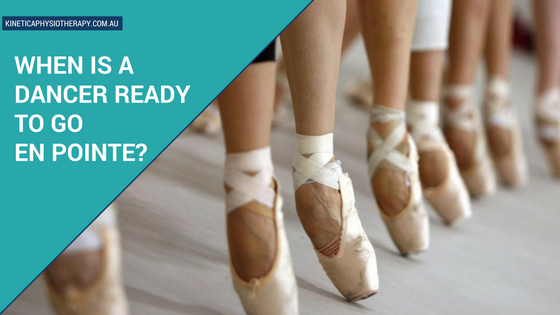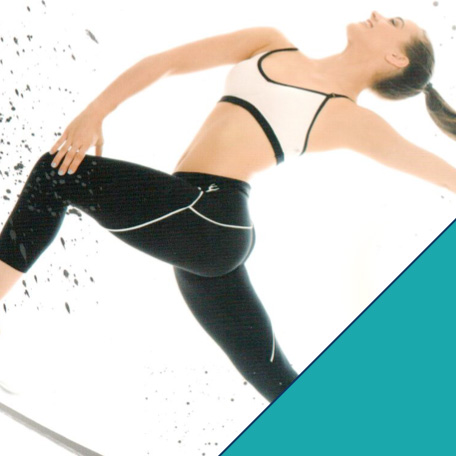Progressing to pointe work in ballet is both an exciting and daunting time in any dancer’s career. And it’s not something any dancer should take for granted. Dancing en pointe places great demands on a dancer’s body, and it is critical to ensure that a dancer is ready to make the transition before they don those pointe shoes for the first time.
The good news is that so long as a dancer is physically and psychologically mature enough to progress into pointe shoes, and their training is carefully monitored, there should be no long-term injuries from dancing en pointe.
So what factors should determine when a dancer is ready to commence pointe work?
Age
Traditionally, dancers often progress to pointe shoes when they are around 12 years of age. But while chronological age is important, there is a huge variation in the strength and ability of dancers in this age group. These differences depend on the age of onset of puberty, the length of time a dancer has been dancing, and the individual dancer’s ability (ie strength, flexibility and technical skill). Medical professionals and dance teachers have long agreed that it is far more important to consider a dancer’s individual maturity, than it is to make a decision based on age alone.
The most recent guidelines from the International Association for Dance Medicine and Science recommend that dancers should not progress to pointe work much before age 12 (1). 12 years is also often quoted as the age at which a dancer’s bones are mature enough to manage pointe work. This is actually a little misleading. On average, in girls, the bones of the foot will continue to grow until age 14, though often the rate of growth slows at age 12. We don’t really know exactly how mature a dancer’s bones may be at age 12 (it will differ from dancer to dancer anyway), but we do know that there is some risk of repeatedly impacting rapidly growing bones in young athletes.
What we can say is: Assuming a dancer has the requisite strength, flexibility and skill, around 12 years seems to be a reasonable age, considering average bony maturity, to commence pointe work in a controlled and gradual fashion.
Strength
It is important that a dancer has adequate calf strength, foot intrinsic strength, turnout control, and core strength to avoid injury when progressing to pointe. Many dancers who commence pointe work without adequate lower limb and core strength end up with tendinopathies that require significant time off dancing, or ongoing discomfort. The dancer with hypermobile knees and feet may require additional strength training in order to progress to pointe than her less mobile colleagues.
Flexibility
Dancers require a minimum range of ankle motion to be able to sustain an appropriate alignment throughout the lower limb when en pointe. Without adequate pointe range a dancer will risk stressing not only the foot and ankle, but also the leg, pelvic girdle and trunk (1). Very occasionally a dancer will present with a bony block, or an extra bone called an os trigonum at the back of their ankle that prohibits them from achieving this pointe range. In these cases it may be safest to discourage pointe work.
Technical Skill
The International Association for Dance Medicine and Science recommends at least 4 years of ballet training, and at least 2 classes per week as necessary for a dancer to progress to pointe shoes (1). Occasionally there will be exceptions to this, however there is a certain level of practice required for any dancer to achieve the necessary skills to safely dance en pointe. A dancer must be able to rise to demi-pointe without sickling (rolling out) or fishing (rolling in) at the ankle, she must be able to tendu without clawing the toes and while articulating through the whole foot. She must be able to maintain control of her core muscles while completing a releve. She must be able to maintain balance while in arabesque (2). As any dancer knows, none of these skills can be achieved overnight.
If all that sounds daunting, take heart! Hard work and determination (and little bit of patience!) inevitably pays off. A thorough assessment with your dance physiotherapist, in liaison with your teacher, will let you know what areas you need to work on to progress to pointe shoes safely, so that when you do put on those pointe shoes for the first time, you will be able to enjoy the experience.
Image Credit:
- Main Image: Wise Geek


